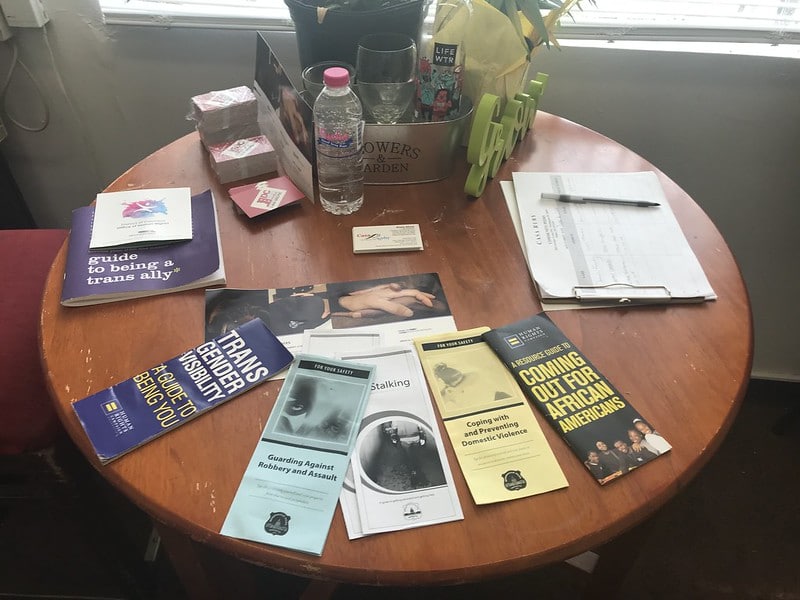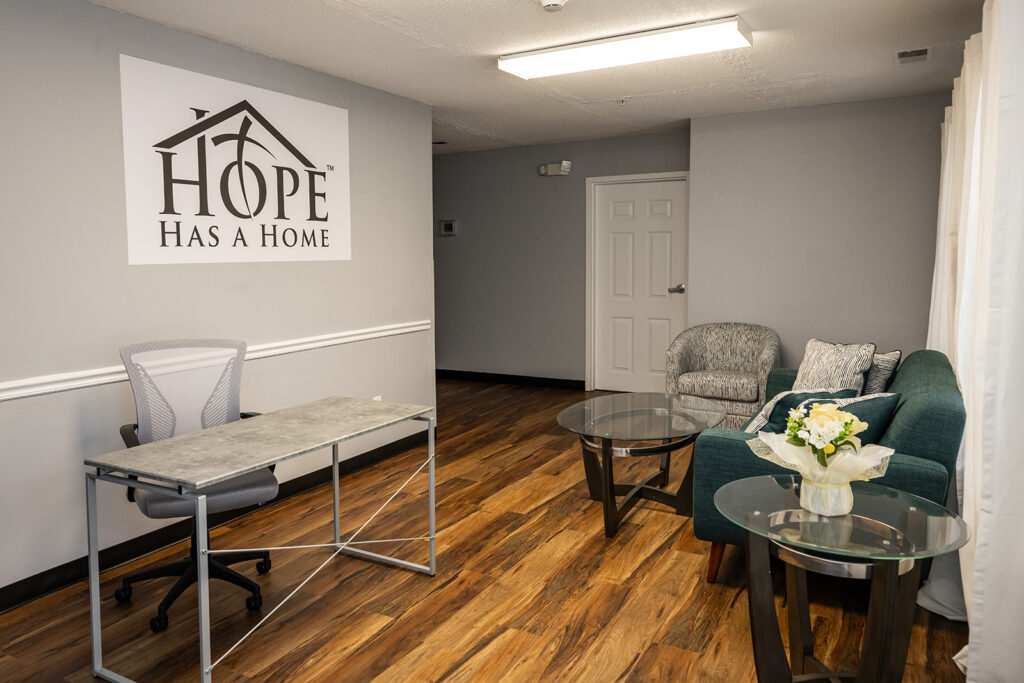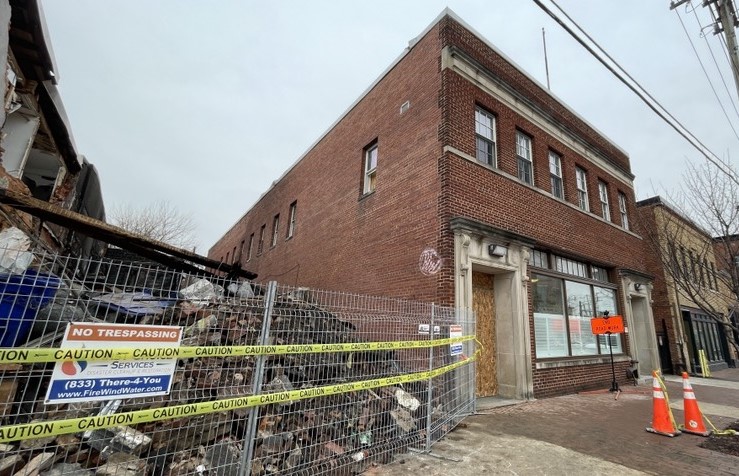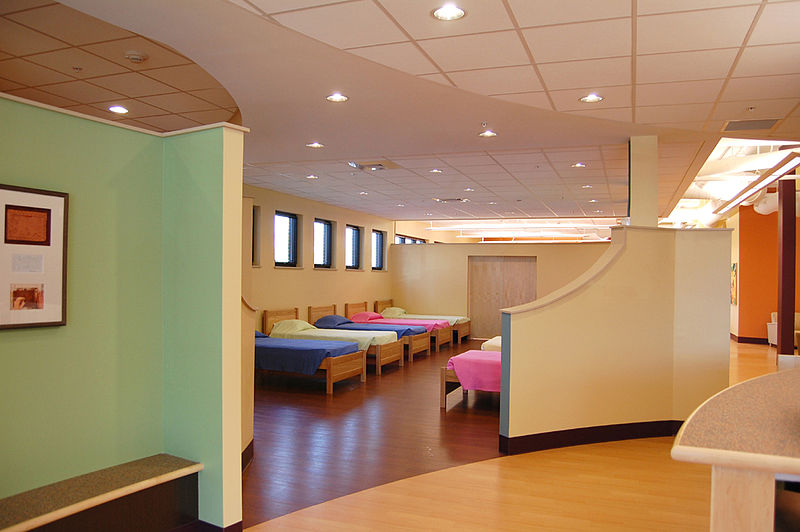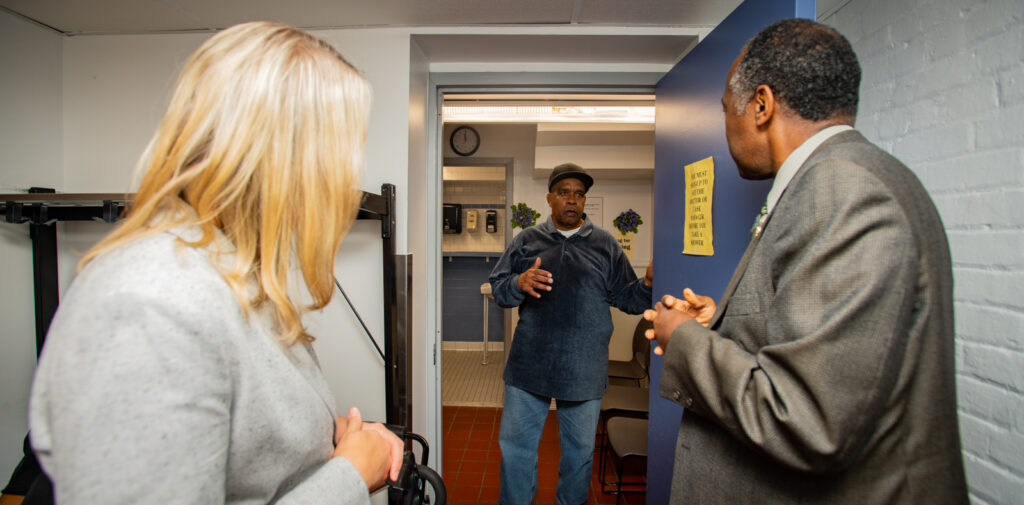H
omeless shelters that receive federal funding will be allowed to consider an individual’s sex and gender identity when deciding on accommodations, thanks to a proposed rule that went before the Department of Housing and Urban Development’s authorizing committee on June 12.
The move, LGBTQ activists argue, will affect dozens of programs in D.C. and put transgender people at risk of discrimination and chronic homelessness.
“This really is changing the anti-discrimination regulation that went into place under HUD during the Obama administration,” said Darla Bardine, executive director of the National Network for Youth. “This rule would be allowing providers to discriminate.”
HUD awarded roughly $22 million in Continuum of Care Grants to 22 community development and housing organizations that coordinate housing and offer case management in the District. Some of those programs, including Community of Hope and Catholic Charities, offer short-term housing and services to help with permanent housing.
Programs that receive Community Development Block Grants, 14 of which are in D.C., will also be governed by the rule. According to the rule, “grant recipients, subrecipients, owners, operators, managers, and providers under HUD programs” could establish acceptance policies based on sex and gender identity.
The rule is a partial reversal of the Obama administration’s Equal Access Rule, first implemented in 2012 and updated in 2016, which banned discrimination based on sexual and gender identity, expanding protections for LGBTQ individuals in housing and other areas. The 2016 update, as the National Alliance to End Homelessness noted, mandates that “access to shelter and housing must conform with, and adhere to, an individual’s self-expressed gender identity.”
Under questioning by Rep. Jennifer Wexton (D-Va.) in May 2019, HUD Secretary Ben Carson had denied any plans to undermine Equal Access, saying: “I’m not currently anticipating changing the rule.” The change now being considered was proposed the next day.
“It’s hard to say exactly what impact this rule will have on people, but we do know already that the number of trans folks that are experiencing homelessness is extraordinarily high, and we shouldn’t be doing anything that makes it harder for trans people to access shelter,” said Meghan Maury, policy director at the National LGBTQ Task Force.
According to data published by the National Coalition for the Homeless in 2017, 40% of homeless youth and 43% of homeless youth in D.C. identify as LGBTQ, and LGBTQ youth are 120% more likely to experience homelessness than the general population. Research also suggests that people who are gender-nonconforming or transgender face greater difficulty in finding shelter. Fifty-five percent of transgender adults who are also homeless reported having been harassed by shelter residents and staff, while 29% reported having been turned away from shelters and 22 percent reported being sexually assaulted.
It is difficult to specify the number of transgender adults experiencing homelessness in the District. The city’s annual census for the homeless community classifies each person by the gender they identify as.
“We know that trans women and nonbinary folk do protective things in order to get access to shelter,” Maury said. “About 25 percent of people who seek access to a shelter report that they dress up as the wrong gender in order to protect themself.”
Faith-based programs may employ the rule more than secular programs in the future, said Bardine, the National Network for Youth Director, because of pre-existing exceptions for religious beliefs.
D.C. has a number of noted LGBTQ-friendly shelters for youth, such as Casa Ruby, SMYAL and the Wanda Alston House. But for those who are LGBTQ and above the age of 24, it is harder to find short-term living and transitional housing programs. There are no shelters specifically for adults that identify as LGBTQ+. Most LGBTQ-friendly housing programs and shelters in D.C., including Casa Ruby and SMYAL, only accept people from ages 18 to 24.
For those who cannot find shelter in which they feel safe and comfortable, there are often grim consequences.
“What we know is that if trans people feel that they are going to be discriminated against or face violence in a shelter or another housing program, they’re not going to go,” said Dylan Waguespack, public policy and external affairs director at True Colors United, a nonprofit focused on LGBTQ youth homelessness. “That leads to a higher rate of street homelessness and death among trans people who are not sheltered.”
Both the House Committee on Financial Services and the Senate Committee on Banking, Housing, and Urban Affairs are required to review the new HUD rule for 15 days — or until at least June 26 — before it becomes official. The change will then be available for public comment for 60 days. The National Center for Transgender Equality and 44 other organizations requested that HUD postpone considering the rule until after the COVID-19 national emergency has ended, to no avail.
